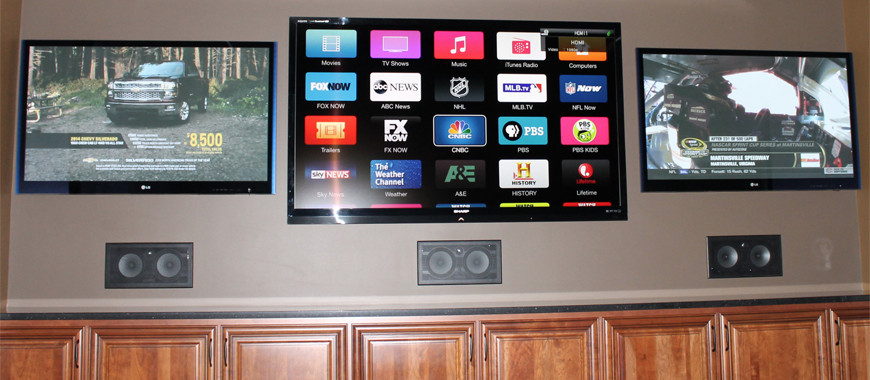The first action in successful camera placement is to locate vulnerable areas within the store. Such locations typically include entrances and exit points, checkout registers, and aisles where high-value products are showcased. By placing cameras in such areas, store owners can monitor customer behavior and spot questionable activities. Additionally, surveillance systems at entrances can capture images of people coming into and leaving the store, which is crucial for identifying potential thieves. This preventive strategy helps in reducing theft and ensuring a safe atmosphere.
A further key consideration is the kind of camera used in the retail space. Different types of cameras fulfill distinct functions. For example, dome cameras are often used for internal monitoring because they are more noticeable and can cover a wide area. Conversely, bullet-style cameras are ideal for external application, as they are much conspicuous Click Here and can discourage illegal activity. Retailers should assess their specific needs and choose the appropriate surveillance device models to guarantee complete monitoring of the retail space.

In addition to camera models, the position and elevation at which cameras are installed play a significant part in their efficacy. Surveillance devices should be set at a height that allows for unobstructed viewing of individuals and actions without being easily tampered with. A typical suggestion is to mount surveillance devices at least eight to ten ft off the floor. Additionally, cameras should be angled to cover as wide space as possible while avoiding areas without coverage. This tactical placement ensures that all zones of the retail space are observed, providing a complete perspective of shopper interactions and potential safety risks.
Finally, it is essential for store owners to consistently review and maintain their surveillance equipment. This includes checking surveillance device performance, ensuring that footage are clear, and refreshing software as needed. Routine upkeep helps to prevent mechanical problems that could compromise safety. Additionally, store owners should analyze footage regularly to spot patterns in customer actions and potential safety threats. By staying vigilant and mindful to their surveillance systems, store owners can create a safer retail atmosphere and safeguard their assets effectively.